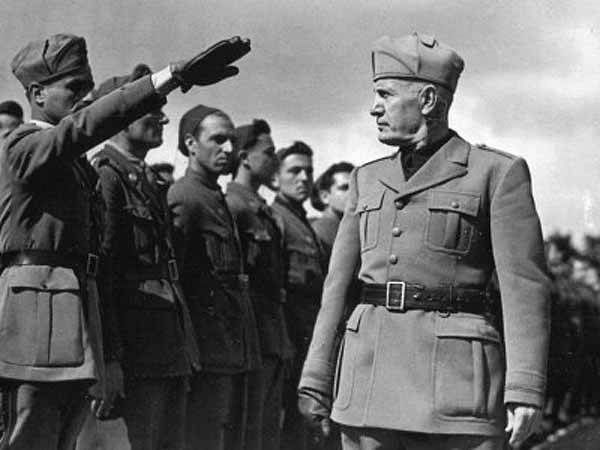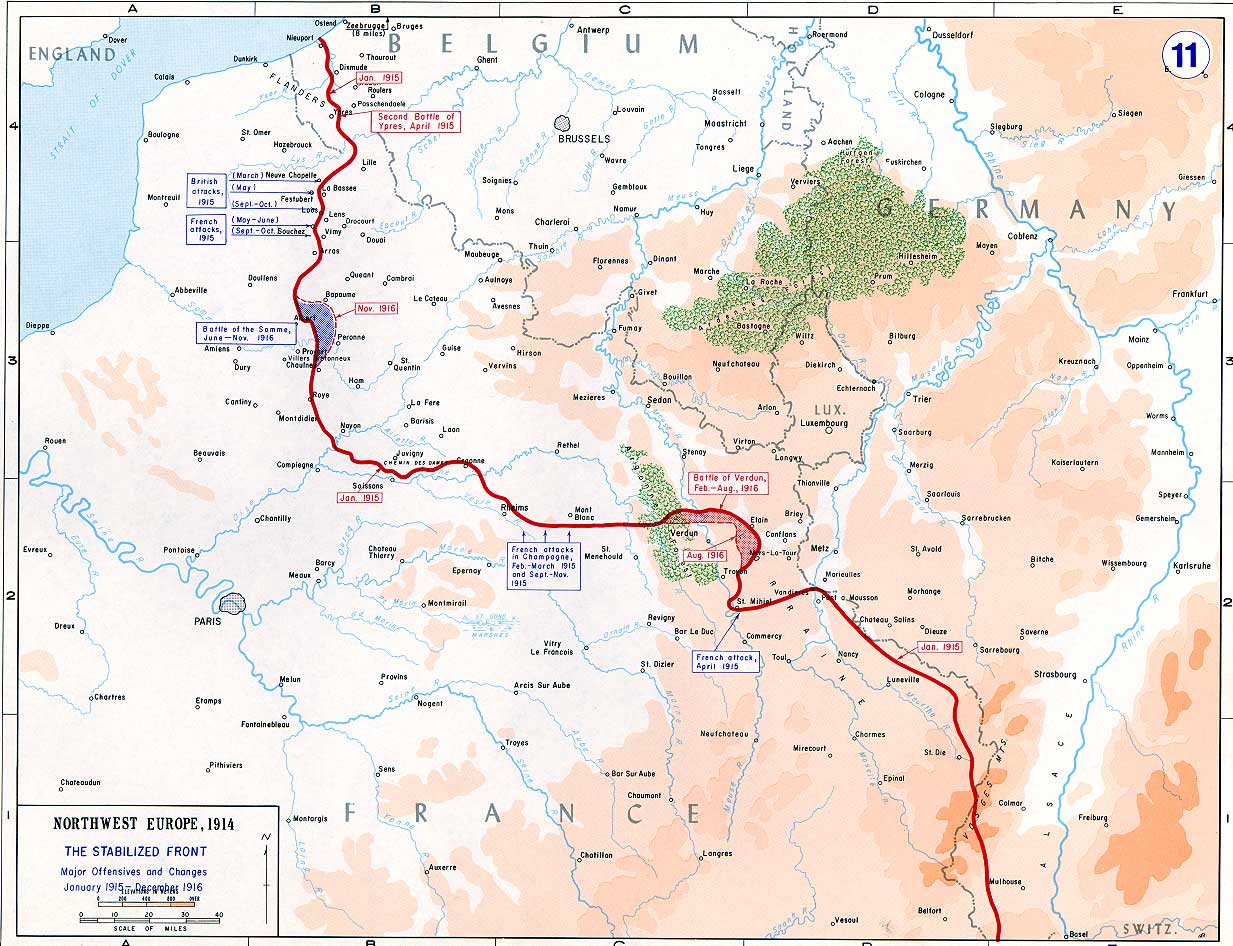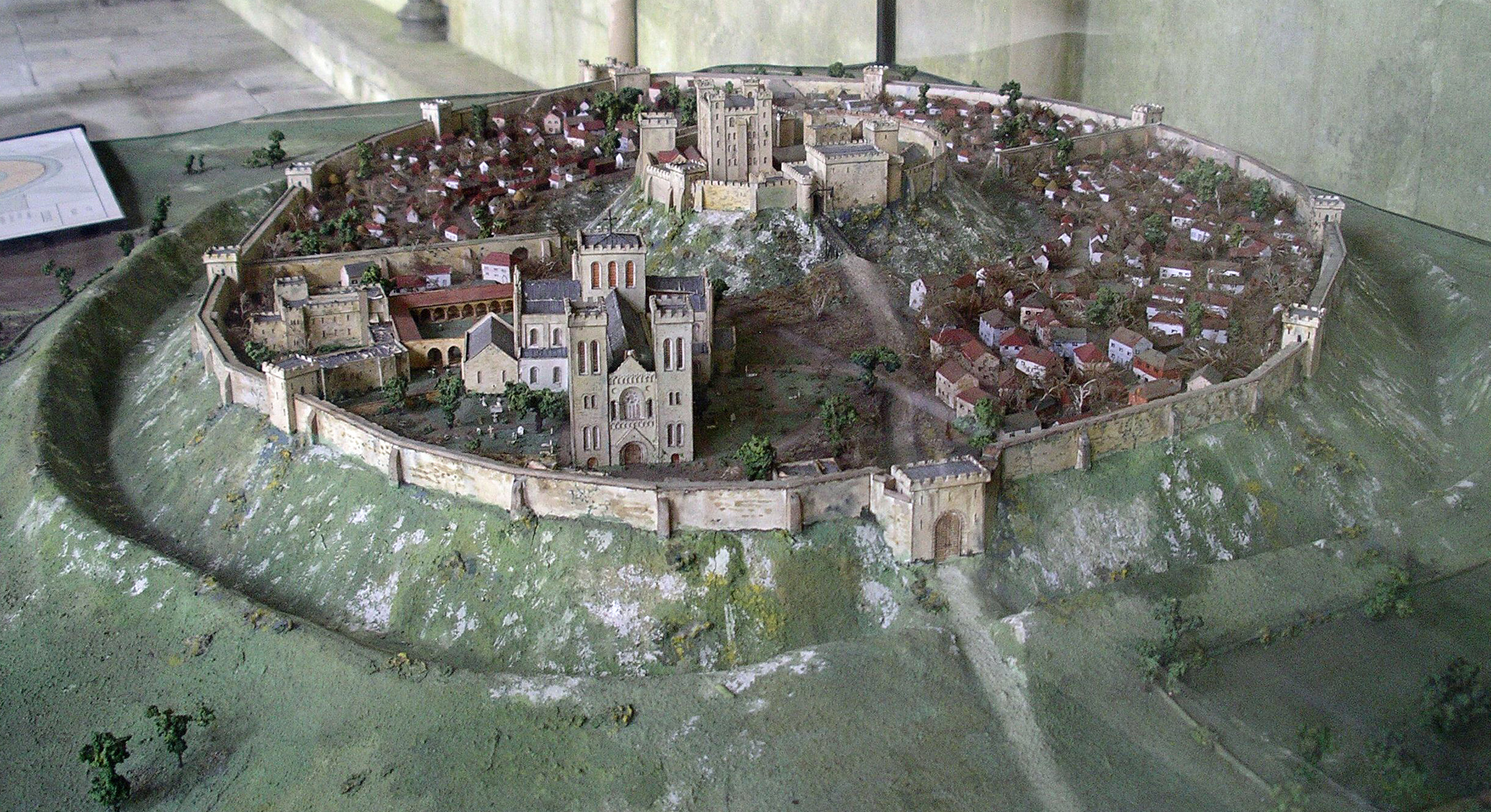|
Bernard Freyberg
Lieutenant-general (United Kingdom), Lieutenant-General Bernard Cyril Freyberg, 1st Baron Freyberg, (21 March 1889 – 4 July 1963) was a United Kingdom, British-born New Zealand soldier and Victoria Cross recipient, who served as the List of governors-general of New Zealand, 7th governor-general of New Zealand from 1946 to 1952 - the first to have been raised and educated in New Zealand. Freyberg served as an officer in the British Army during the First World War. He took part in the beach landings during the Gallipoli campaign and was the youngest general in the British Army during the First World War, later serving on the Western Front (World War I), Western Front, where he was decorated with the Victoria Cross and three Distinguished Service Orders, making him one of the most highly decorated British Empire soldiers of the First World War. He liked to be in the thick of the action: Winston Churchill called him "the Salamander" due to his ability to pass through fire unharme ... [...More Info...] [...Related Items...] OR: [Wikipedia] [Google] [Baidu] [Amazon] |
Lieutenant-general (United Kingdom)
Lieutenant general (Lt Gen), formerly more commonly lieutenant-general, is a senior rank in the British Army and the Royal Marines. It is the equivalent of a multinational three-star rank; some British lieutenant generals sometimes wear three-star insignia, in addition to their standard insignia, when on multinational operations. Lieutenant general is a superior rank to Major-general (United Kingdom), major general, but subordinate to a General (United Kingdom), (full) general. The rank has a NATO rank code of OF-8, equivalent to a Vice-Admiral (Royal Navy), vice-admiral in the Royal Navy and an air marshal in the Royal Air Force (RAF) and the air forces of many Commonwealth of Nations, Commonwealth countries. The rank insignia for both the Army and the Royal Marines is a crown over a crossed sabre and baton. During the reign of Elizabeth II, the St Edward's Crown, commonly known as the Queen's Crown, was depicted. Before 1953, and again since the accession of Charles III in 20 ... [...More Info...] [...Related Items...] OR: [Wikipedia] [Google] [Baidu] [Amazon] |
New Zealand Military Forces
The New Zealand Army (, ) is the principal Army, land warfare force of New Zealand, a component of the New Zealand Defence Force alongside the Royal New Zealand Navy and the Royal New Zealand Air Force. Formed in 1845, as the New Zealand Military Forces, the Army traces its history from settler militia raised in that same year. The current name was adopted by the New Zealand Army Act 1950. During its history, the New Zealand Army has fought in a number of major wars, including the Second Boer War#New Zealand, Second Boer War, the First World War, First and Second World Wars, New Zealand in the Korean War, Korean War, the Malayan Emergency, Indonesia–Malaysia confrontation, New Zealand in the Vietnam War, Vietnam War, and more recently in Iraq War, Iraq and War in Afghanistan (2001–2021), Afghanistan. Since the 1970s, deployments have tended to be assistance to multilateral peacekeeping efforts. Considering the small size of the force, operational commitments have remaine ... [...More Info...] [...Related Items...] OR: [Wikipedia] [Google] [Baidu] [Amazon] |
German Invasion Of Greece
The German invasion of Greece or Operation Marita (), were the attacks on Kingdom of Greece, Greece by Kingdom of Italy, Italy and Nazi Germany, Germany during World War II. The Italian invasion in October 1940, which is usually known as the Greco-Italian War, was followed by the German invasion in April 1941. Battle of Crete, German landings on the island of Crete (May 1941) came after Allied forces had been defeated in mainland Greece. These battles were part of the greater Balkans campaign (World War II), Balkans Campaign of the Axis powers and their associates. Following the Italian invasion on 28 October 1940, Greece, with British air and material support, repelled the initial Italian attack and a counter-attack in March 1941. When the German invasion, known as Operation Marita, began on 6 April, the bulk of the Greek Army was on the Greek border with Albania under Italy, Albania, then a vassal of Italy, from which the Italian troops had attacked. Wehrmacht, German troops i ... [...More Info...] [...Related Items...] OR: [Wikipedia] [Google] [Baidu] [Amazon] |
Second World War
World War II or the Second World War (1 September 1939 – 2 September 1945) was a World war, global conflict between two coalitions: the Allies of World War II, Allies and the Axis powers. World War II by country, Nearly all of the world's countries participated, with many nations mobilising all resources in pursuit of total war. Tanks in World War II, Tanks and Air warfare of World War II, aircraft played major roles, enabling the strategic bombing of cities and delivery of the Atomic bombings of Hiroshima and Nagasaki, first and only nuclear weapons ever used in war. World War II is the List of wars by death toll, deadliest conflict in history, causing World War II casualties, the death of 70 to 85 million people, more than half of whom were civilians. Millions died in genocides, including the Holocaust, and by massacres, starvation, and disease. After the Allied victory, Allied-occupied Germany, Germany, Allied-occupied Austria, Austria, Occupation of Japan, Japan, a ... [...More Info...] [...Related Items...] OR: [Wikipedia] [Google] [Baidu] [Amazon] |
Battle Of The Somme
The Battle of the Somme (; ), also known as the Somme offensive, was a battle of the First World War fought by the armies of the British Empire and the French Third Republic against the German Empire. It took place between 1 July and 18 November 1916 on both sides of the upper reaches of the river Somme (river), Somme in France. The battle was intended to hasten a victory for the Allies of World War I, Allies. More than three million men fought in the battle, of whom more than one million were either wounded or killed, making it one of the List of battles by casualties, deadliest battles in human history. The French and British had planned an offensive on the Somme during the Chantilly Conferences, Chantilly Conference in December 1915. The Allies agreed upon a strategy of combined offensives against the Central Powers in 1916 by the French, Russian, British and Italian armies, with the Somme offensive as the Franco-British contribution. The French army was to undertake the m ... [...More Info...] [...Related Items...] OR: [Wikipedia] [Google] [Baidu] [Amazon] |
First World War
World War I or the First World War (28 July 1914 – 11 November 1918), also known as the Great War, was a World war, global conflict between two coalitions: the Allies of World War I, Allies (or Entente) and the Central Powers. Fighting took place mainly in European theatre of World War I, Europe and the Middle Eastern theatre of World War I, Middle East, as well as in parts of African theatre of World War I, Africa and the Asian and Pacific theatre of World War I, Asia-Pacific, and in Europe was characterised by trench warfare; the widespread use of Artillery of World War I, artillery, machine guns, and Chemical weapons in World War I, chemical weapons (gas); and the introductions of Tanks in World War I, tanks and Aviation in World War I, aircraft. World War I was one of the List of wars by death toll, deadliest conflicts in history, resulting in an estimated World War I casualties, 10 million military dead and more than 20 million wounded, plus some 10 million civilian de ... [...More Info...] [...Related Items...] OR: [Wikipedia] [Google] [Baidu] [Amazon] |
173rd (3/1st London) Brigade
The 173rd (3/1st London) Brigade was a formation of the British Army's Territorial Force that was raised in 1915. It was assigned to the 58th (2/1st London) Division and served on the Western Front (World War I), Western Front during the World War I, First World War. Its number was used for a deception formation during the World War II, Second World War. Origin When the Territorial Force (TF) was created in 1908, the 167th (1st London) Brigade, 1st London Brigade in 56th (London) Infantry Division, 1st London Division comprised the first four battalions of the new London Regiment (1908–1938), London Regiment, each of which had previously been a Volunteer Force, Volunteer battalion of the Royal Fusiliers (the City of London Regiment). After the World War I, First World War broke out in 1914, the 1st London Brigade was the first complete TF formation to go overseas on service, relieving the British Army, Regular Army garrison of Malta. Each battalion left behind a Cadre (military ... [...More Info...] [...Related Items...] OR: [Wikipedia] [Google] [Baidu] [Amazon] |
88th Brigade (United Kingdom)
The 88th Brigade was an infantry brigade formation of the British Army, raised for service in the First World War. It was originally formed from regular army battalions serving away from home in the British Empire. The brigade was assigned to the 29th Division and served on the Western Front and the Gallipoli Campaign and in the Middle East. Order of battle The 88th Brigade was constituted as follows during the war: * 4th Battalion, Worcestershire Regiment * 2nd Battalion, Hampshire Regiment * 1st Battalion, Essex Regiment (''left February 1918'') * 1st Battalion, Royal Newfoundland Regiment (''from July 1915, left April 1918'') * 1/5th (Queen's Edinburgh Rifles) Battalion, Royal Scots (TF) (''from March 1915, left July 1915'') * 2/1st Battalion, London Regiment (TF) (''from August 1915, left January 1916'') * 88th Machine Gun Company, Machine Gun Corps (''from 21 February 1916, moved to 29th Battalion, Machine Gun Corps 15 February 1918'') * 88th Trench Mortar Battery (''from ... [...More Info...] [...Related Items...] OR: [Wikipedia] [Google] [Baidu] [Amazon] |
Salisbury Plain Area
Salisbury ( , ) is a cathedral city and civil parish in Wiltshire, England with a population of 41,820, at the confluence of the rivers Avon, Nadder and Bourne. The city is approximately from Southampton and from Bath. Salisbury is in the southeast of Wiltshire, near the edge of Salisbury Plain. An ancient cathedral was north of the present city at Old Sarum. A new cathedral was built near the meeting of the rivers and a settlement grew up around it, which received a city charter in 1227 as . This continued to be its official name until 2009, when Salisbury City Council was established. Salisbury railway station is an interchange between the West of England Line and the Wessex Main Line. Stonehenge, a UNESCO World Heritage Site, is northwest of Salisbury. Toponymy ''Cair-Caratauc'', one of 28 cities of the Ancient Britons listed in the ''History of the Britons'' (9th century), has been identified with Salisbury. Alternative names for the city, in the Welsh ''Chronic ... [...More Info...] [...Related Items...] OR: [Wikipedia] [Google] [Baidu] [Amazon] |
New Zealand Expeditionary Force
The New Zealand Expeditionary Force (NZEF) was the title of the military forces sent from New Zealand to fight alongside other British Empire and Dominion troops during World War I (1914–1918) and World War II (1939–1945). Ultimately, the NZEF of World War I became known as the ''First New Zealand Expeditionary Force''. The NZEF of World War II was known as the ''Second New Zealand Expeditionary Force'' (2NZEF). The 2NZEF was led by General Bernard Freyberg. 1st New Zealand Expeditionary Force The New Zealand Expeditionary Force (NZEF) was the title of the military forces sent from New Zealand to fight for Britain during World War I. Upon the outbreak of war, New Zealand immediately offered to provide two brigades—one of infantry and one of mounted troops—with a total of 8,500 men. As was the case with the Australian army the existing New Zealand army was a "territorial" force, designed for the defense of the home islands. It could not be deployed overseas. Hence, i ... [...More Info...] [...Related Items...] OR: [Wikipedia] [Google] [Baidu] [Amazon] |
2nd New Zealand Division
The 2nd New Zealand Division, initially the New Zealand Division, was an infantry division of the New Zealand Military Forces (New Zealand's army) during the Second World War. The division was commanded for most of its existence by Lieutenant-General Bernard C. Freyberg. It fought in Greece, Crete, the Western Desert and Italy. In the Western Desert Campaign, the division played a prominent role in the defeat of German and Italian forces in the Second Battle of El Alamein and the British Eighth Army's advance to Tunisia. In late 1943, the division was moved to Italy, taking part in the Eighth Army's campaign on Italy's Adriatic coast, which ground to a halt at the end of the year. In early 1944, the division formed the nucleus of the New Zealand Corps, fighting two battles attempting unsuccessfully to penetrate the Gustav Line at Monte Cassino. The division saw further action on the Gothic Line in 1944 and took part in the Allied 1945 Spring offensive, which led to the sur ... [...More Info...] [...Related Items...] OR: [Wikipedia] [Google] [Baidu] [Amazon] |
X Corps (United Kingdom)
X Corps was a corps of the British Army that served in the First World War on the Western Front before being disbanded in 1919. The corps was re-formed in 1942 during the Second World War and saw service in the North African Campaign and the Italian Campaign where it came under command of the US Fifth Army and the British Eighth Army. First World War X Corps was formed in France in July 1915 under Thomas Morland. In the autumn of 1916, the corps took part in the Battle of the Somme where its 36th (Ulster) Division captured Schwaben Redoubt and held it for a short time. In 1917, X Corps, formed a part of the Second Army and included the 29th and 30th Divisions followed by others, as the Second Army was reinforced for the Flanders operations after the Battle of Arras. In June 1917 it took part in the Battle of Messines. The corps then participated in the Third Battle of Ypres. In May and June 1918, it was commanded by William Peyton. [...More Info...] [...Related Items...] OR: [Wikipedia] [Google] [Baidu] [Amazon] |





